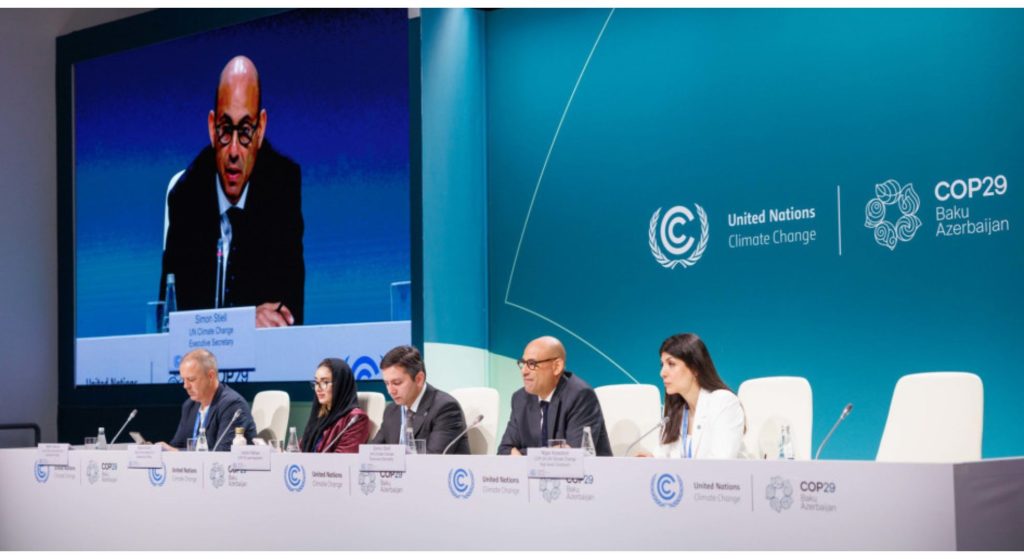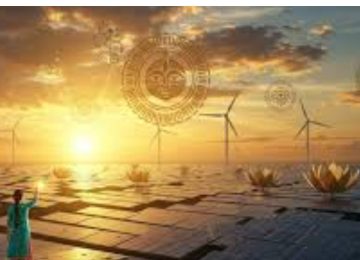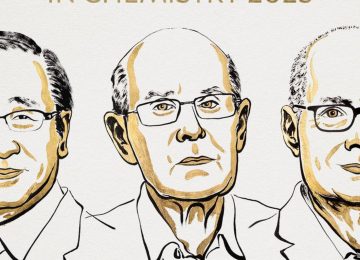India has notified draft rules for reducing GHG emissions by industries in energy-intensive sectors, as well as putting in place a mechanism for the carbon markets.
The The Draft Greenhouse Gases Emissions Intensity (GEI) Target Rules, 2025 was notified on April 16 by the Ministry of Environment, Forest and Climate Change (MOEFCC), along with the compliance mechanism for the Carbon Credit Trading Scheme, 2023 (CCTS).
The carbon trading scheme was launched to create a framework for the trading of carbon credits, to facilitate the reduction of emissions in energy intensive industries, and eventually support India’s climate commitments under the Paris Climate Agreement of 2015.
The draft GHG emissions reduction rules set the baseline emissions for 2023-24 and define gradual reduction targets for the years 2025-26 and 2026-27. These target achievements would then become tradable in India’s domestic carbon market.
GHG emissions intensity reduction targets and benchmarks have been set for the highly energy-intensive aluminum, chlor-alkali, pulp and paper, and cement industries.
The rules also lay down the mechanism for industries to comply with these targets, and specify penalties for their failure to do so.
These targets will apply to 282 entities or industrial units in these industries — 13 aluminum plants, 186 cement plants, 53 pulp and paper plants, and 30 chlor-alkali plants for two year period, starting 2025-26.
These entities include Vedanta, Hindalco, Bharat Aluminum, JSW Cement, Ultratech, Nalco, JK Cement, Dalmia Cement, Shree Cement, Grasim Industries and JK Paper.
The rules aim to help India meet a key commitment made under the Paris Agreement — to reduce the GHG emissions intensity of its gross domestic product by 45% by 2030 compared to 2005 levels.
An overall objective of the rules is “to promote the adoption of sustainable, cutting-edge technologies across traditionally high-emission industries, for addressing climate change”.
India already has an energy efficiency trading scheme, the Perform, Achieve and Trade (PAT) scheme, also administered by BEE and has been in place since 2012. The scheme has seen significant reduction CO2 emissions across 13 energy intensive sectors through energy efficiency measures.
During the year 2022-23, the obligated entities under the scheme saved 25.77 MTOE, 8% of their total annual energy consumption.
India is now moving from PAT to the broader GHG emissions trading.
Under CCTS, Industries will be issued carbon credits for cutting emissions intensity, which they can trade on India’s carbon market. Industries that fail to meet their obligations under the carbon trading scheme would have to buy credits to meet their compliance shortfall, or be penalised by the Central Pollution Control Board, as per final notified rules.
Carbon credits are traded through the Indian Carbon Market platform, with oversight of the Bureau of Energy Efficiency under the Union Ministry of Power.
The availability of credits provide industries with the incentive to decarbonise. Industries with resources to adopt clean technology can use their credits to earn profits, while those with fewer resources can make the shift gradually by buying carbon credits.











